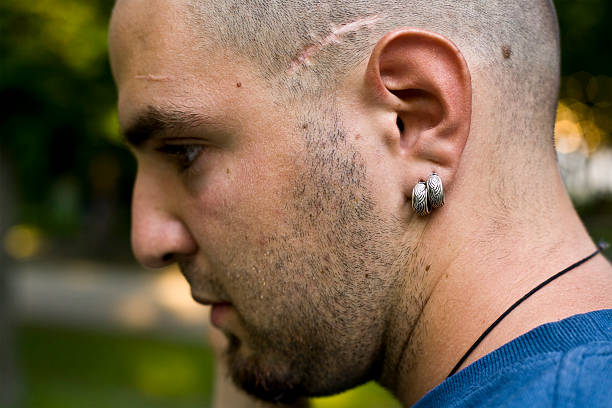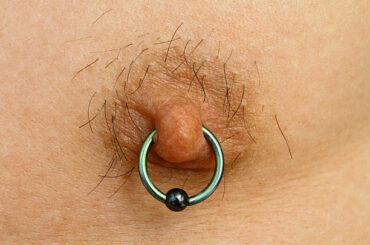Contents

Introduction:
Belly button piercings have surged in popularity as a fashion statement, symbolizing individuality and style. However, behind the allure lies a set of potential risks that every prospective piercee should be aware of. Understanding these risks is paramount before undergoing the procedure to ensure a safe and successful experience. In this article, we’ll delve into the reasons behind the popularity of belly button piercings, discuss the importance of comprehending associated risks beforehand, and provide a preview of key points to be addressed in detail.

Risk Factors:
Infection Risk:
Explanation of how belly button piercings create an open wound, making them susceptible to bacterial contamination.
Importance of diligent aftercare practices, including cleaning with saline solution and avoiding exposure to irritants.
Allergic Reactions:
Discussion on metal allergies, particularly to metals like nickel commonly found in piercing jewelry.
Importance of selecting hypoallergenic jewelry made from materials like titanium or surgical-grade stainless steel to minimize the risk of allergic reactions.
Migration and Rejection:
Explanation of the body’s natural response to foreign objects, which may lead to migration (shifting) or rejection (expulsion) of the piercing.
Factors influencing migration and rejection, such as improper piercing techniques, jewelry quality, and individual anatomy.

Keloids and Scarring:
Identification of risk factors for excessive scar tissue formation, including genetic predisposition and improper aftercare.
Emphasis on the importance of gentle cleaning, avoiding trauma to the piercing site, and seeking medical attention for any signs of abnormal healing.
Nerve Damage:
Discussion on potential consequences of nerve damage resulting from improper piercing techniques or placement.
Importance of choosing a skilled and experienced piercer who can accurately assess anatomy and minimize the risk of nerve injury.
Clothing Snagging:
Risks associated with jewelry catching on clothing, leading to discomfort, irritation, or even injury to the piercing site.
Tips for preventing clothing-related complications, such as choosing low-profile jewelry and wearing fitted clothing during the healing process.

Conclusion:
In conclusion, belly button piercings offer a trendy way to express individuality and style, but they also come with inherent risks that should not be overlooked. Throughout this article, we’ve explored various risk factors associated with belly button piercings, including infection, allergic reactions, migration, keloids, nerve damage, and clothing snagging.
Understanding and mitigating these risks are essential steps before undergoing the piercing procedure. Diligent aftercare, selecting high-quality hypoallergenic jewelry, and choosing an experienced piercer are critical aspects of minimizing potential complications.
It’s paramount for individuals considering a belly button piercing to prioritize safety above all else. Researching reputable piercers, asking questions about their experience and sterilization practices, and carefully following aftercare instructions can significantly contribute to a successful and complication-free piercing experience.
Ultimately, while belly button piercings can enhance one’s appearance and confidence, it’s crucial to approach the process with caution and awareness of the associated risks. By taking proactive measures and prioritizing safety, individuals can enjoy their belly button piercing journey with confidence and peace of mind.





